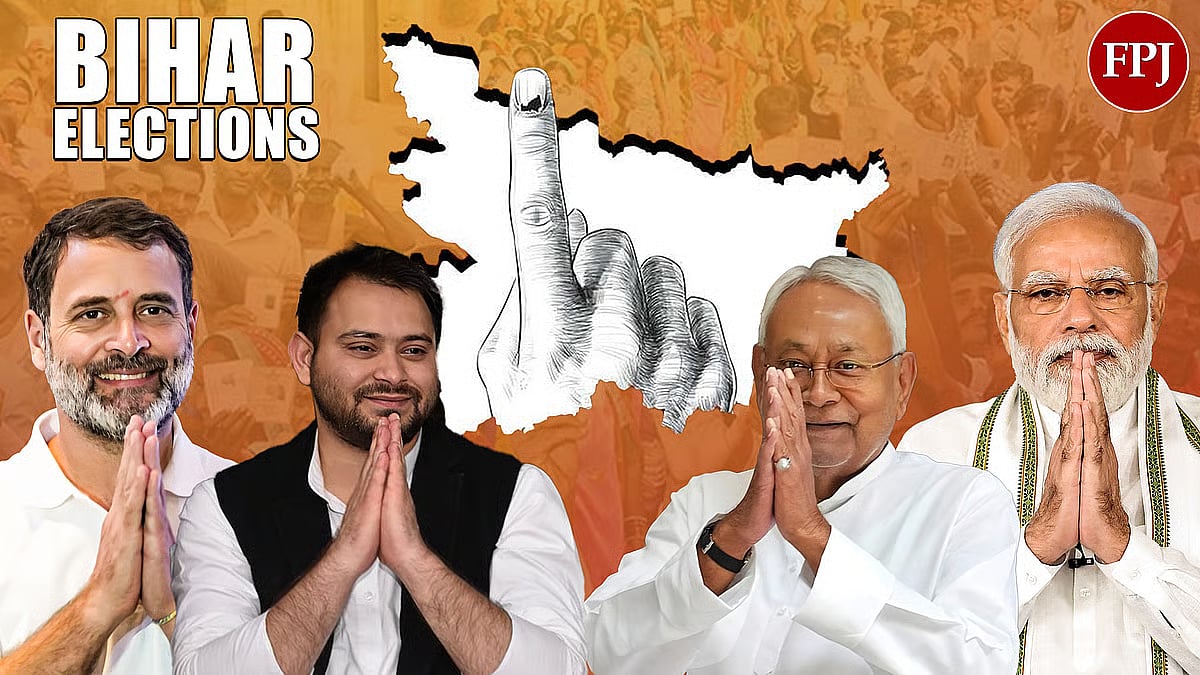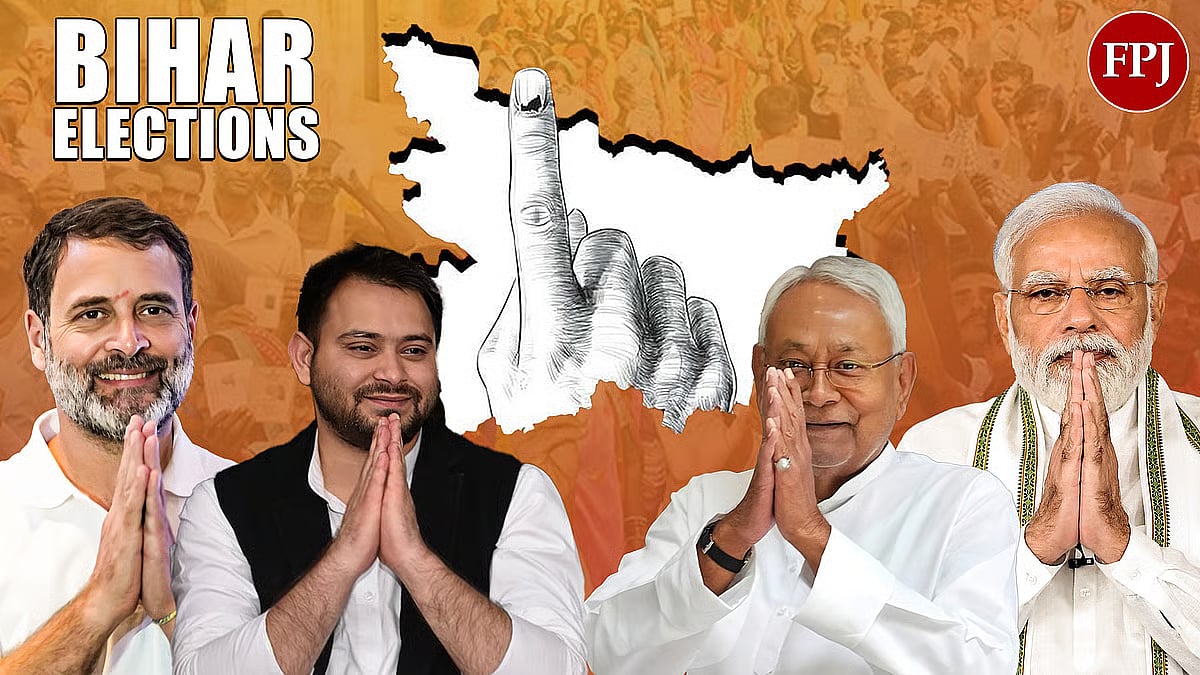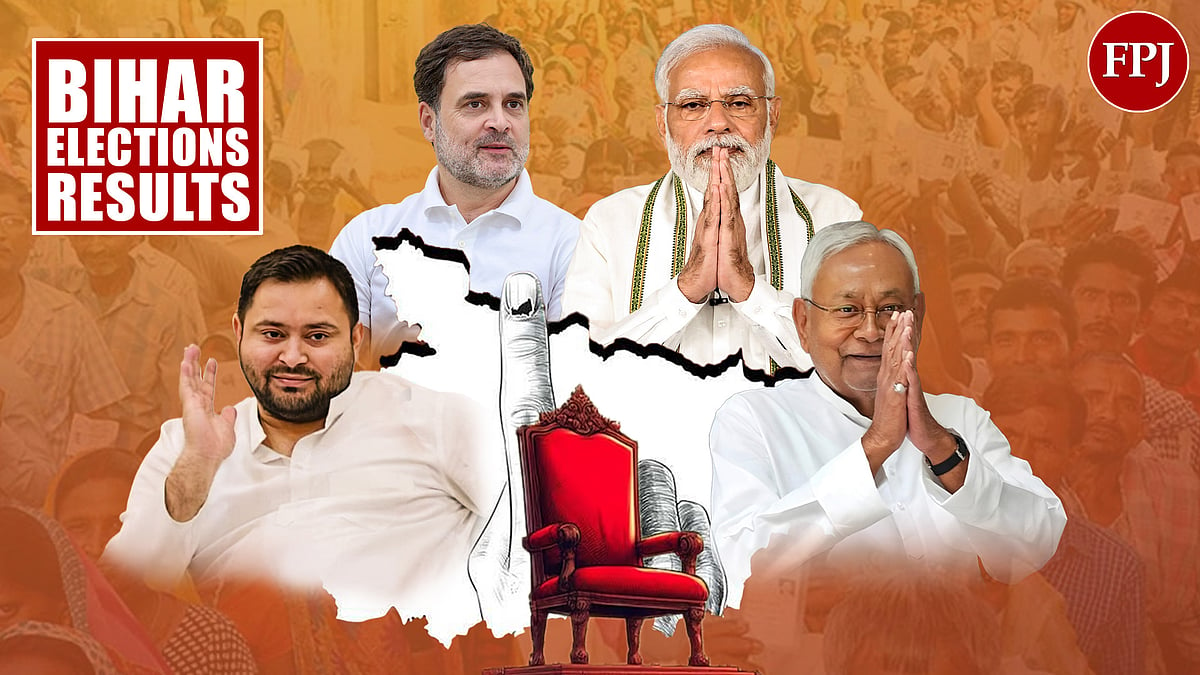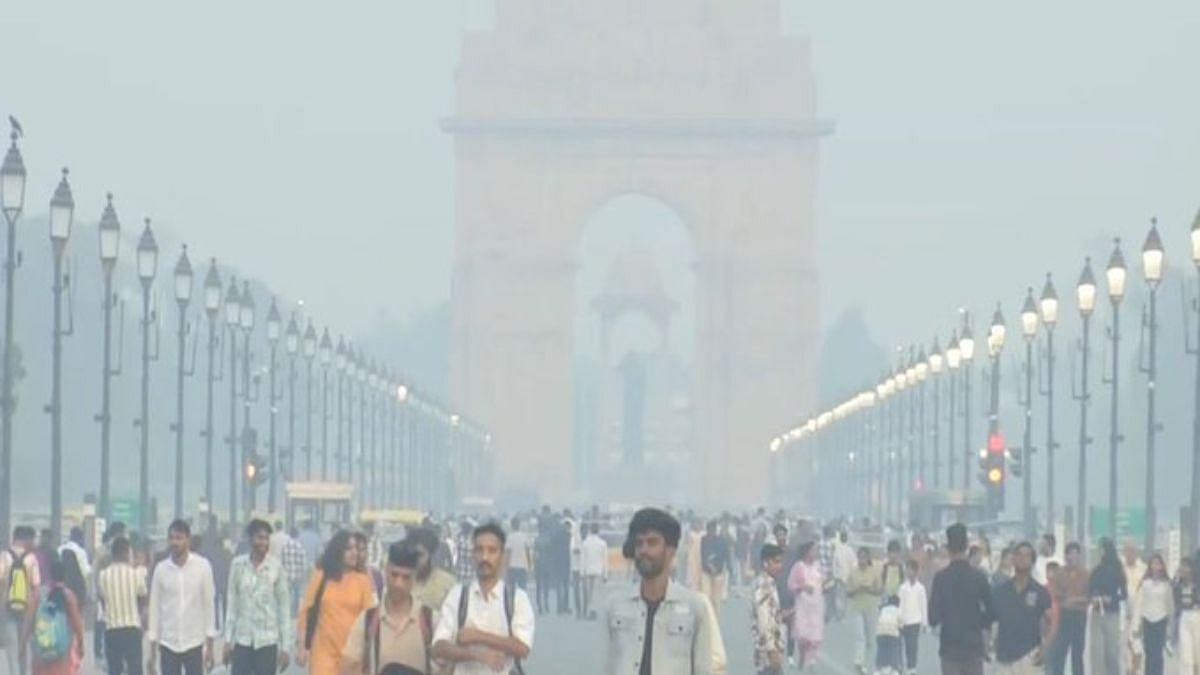The humiliating rout of the Congress in Bihar has triggered a fundamental question about its relevance, agility and political instinct at a time when five crucial assembly elections—in West Bengal, Tamil Nadu, Kerala, Assam and Puducherry—are rapidly approaching.
The party not only failed to read Bihar’s political moment but also stumbled in the most basic responsibility of coalition management by delaying its endorsement of Tejashwi Yadav’s chief ministerial candidature, despite being organisationally insignificant in the state. Its decision to contest in a “friendly” manner ended up confusing voters, giving the impression of a party that speaks of unity while acting with hesitation.
This miscalculation and Congress’ inability to connect with youth, women and first-time voters—who now demand clarity instead of symbolism—have cast a long shadow over its preparations for the forthcoming polls. The Bihar experience has forced a harsh introspection inside the Congress on six interlinked structural challenges that it can no longer ignore.
Challenges after Bihar: Credibility, Coalition Management and Message Discipline
The first challenge is the crisis of credibility. Congress is unable to convince youth, women and middle-class voters that it represents stability or a clear development vision. Allegations of “vote chori,” EVM doubts and moral posturing energise social media but fail to impress a generation demanding jobs, welfare and governance clarity. Voters today expect decisive leadership, focused governance promises and a purpose-driven campaign rather than abstract claims and reactive politics.
The second challenge is alliance mismanagement. The Bihar episode—where Congress delayed supporting Tejashwi Yadav despite having negligible presence—revealed an outdated entitlement mindset. In states where it is the junior partner, Congress must negotiate with humility and speed, not indecision. Bihar exposed the party’s inability to act in time, a failure that now threatens its bargaining position in West Bengal and Tamil Nadu.
The third challenge is the absence of message discipline. Congress often speaks in too many voices and lacks a unified narrative. Without a focused ideological anchor—jobs, inflation, public services, constitutional values and economic justice—it cannot counter either BJP’s sharp messaging or the deep-rooted local resonance of regional parties. A national party that appears confused cannot inspire confidence among undecided voters.
The fourth challenge is organisational weakness and slow decision-making. Units in many states remain leaderless, faction-ridden or inactive. Delayed candidate decisions, unclear responsibilities and weak grassroots networks threaten its ability to mount serious campaigns in Bengal, Assam, Tamil Nadu, Kerala and Puducherry. Congress remains far behind rivals in booth management, digital mobilisation and last-mile connectivity.
The fifth challenge is the growing disconnect with emerging voter groups. Young voters, first-time voters, working women and aspirational backward-class communities do not see Congress as a vehicle for their future. Bihar proved that symbolic politics cannot substitute for targeted outreach, issue-specific messaging and a modern social coalition that reflects 2025’s demographic realities.
The sixth challenge is the lack of leadership renewal and campaign innovation. Congress continues to recycle old faces and outdated campaign styles. Without new leaders, a modern communication architecture, data-driven outreach and aggressive on-ground mobilisation, it cannot compete against better organised opponents who move faster and speak the language of today’s voters.
West Bengal: Relevance at Stake in a Polarised Battlefield
In West Bengal, the Trinamool Congress under Mamata Banerjee remains dominant, while BJP continues its aggressive expansion. Congress, with a skeletal organisation and no mass-connect leader, struggles even to appear relevant. The Bihar debacle reinforces perceptions of political indecision and organisational fatigue. Bengal voters reward assertiveness; hesitation is punished. Without clarity, message discipline and visible leadership renewal, Congress risks shrinking into irrelevance in the state’s intensely polarised contest.
Tamil Nadu: Riding DMK’s Strength but Adding Little of Its Own
Tamil Nadu remains favourable for the DMK-led alliance, yet Congress is in a weak bargaining position because of its minimal vote share contribution. After Bihar, questions about Congress’ traction among youth, women and marginalised groups have begun to trouble alliance partners as well. Tamil Nadu voters expect ideological clarity and administrative seriousness. Congress must contribute meaningfully—through policy articulation, grassroots mobilisation and consistent messaging—rather than merely negotiating for seats. Commitment to federalism, social justice and welfare-led development should form its core narrative.
Kerala: Factionalism and Leadership Drift Threaten UDF Prospects
Kerala remains one of the few states where Congress can seriously compete through the UDF, yet internal factionalism and leadership drift have weakened its capacity. The Bihar experience has further heightened concerns within the Kerala unit regarding the central leadership’s slow decision-making and inconsistent guidance. With the Left government campaigning on welfare achievements and BJP attempting symbolic breakthroughs, Congress must present a unified alternative rooted in governance clarity, dignity and institutional rebuilding. Any sign of Bihar-style hesitation may sway undecided voters away from the party.
Assam: BJP’s Consolidation Leaves Congress Scrambling for a Narrative
Assam presents one of the toughest battlegrounds. The BJP has consolidated its presence through welfare delivery, cultural narratives and micro-level booth planning. Congress, once the natural party of governance, remains adrift without a leader of Tarun Gogoi’s stature or a powerful contemporary narrative. After Bihar, doubts about the party’s preparedness for intense electoral combat threaten to weaken morale further. Congress must craft a sharp narrative centred on unemployment, inflation, regional identity, agricultural distress and youth welfare—while avoiding polarising traps that can derail its messaging.
Puducherry: Once a Stronghold, Now a Test of Local Leadership Renewal
Puducherry, though small, carries symbolic significance as a former Congress stronghold. Weak leadership and poor organisational coherence have enabled competitors to fill the vacuum. The Bihar setback reinforces local perceptions of Congress as outdated and indecisive. Puducherry voters respond to strong local leadership, not centralised command. Congress must empower credible local leaders, revive booth structures and avoid the excessive central interference that hurts credibility.
What Congress Must Do Now to Avoid another Electoral Meltdown
The path ahead demands discipline, humility and modern political strategy. Congress must adopt a three-point approach in every state—a clear jobs plan, a governance-focused reform message and a women-centric welfare pledge. These themes carry cross-state resonance. The party must also show maturity in alliances, acknowledge its weaknesses, and negotiate without nostalgia. Leadership renewal is essential: new communicators, young organisers and data-driven strategists must be brought to the front. Congress must transition from reactive, last-minute campaigning to early preparation, door-to-door outreach and consistent issue-based storytelling. If it fails to adapt, it risks replicating Bihar’s humiliation across multiple states. But if it learns quickly, embraces clarity and rebuilds with humility, Congress can still regain political space—state by state, constituency by constituency.
(Writer is a senior political analyst based in Shimla)









